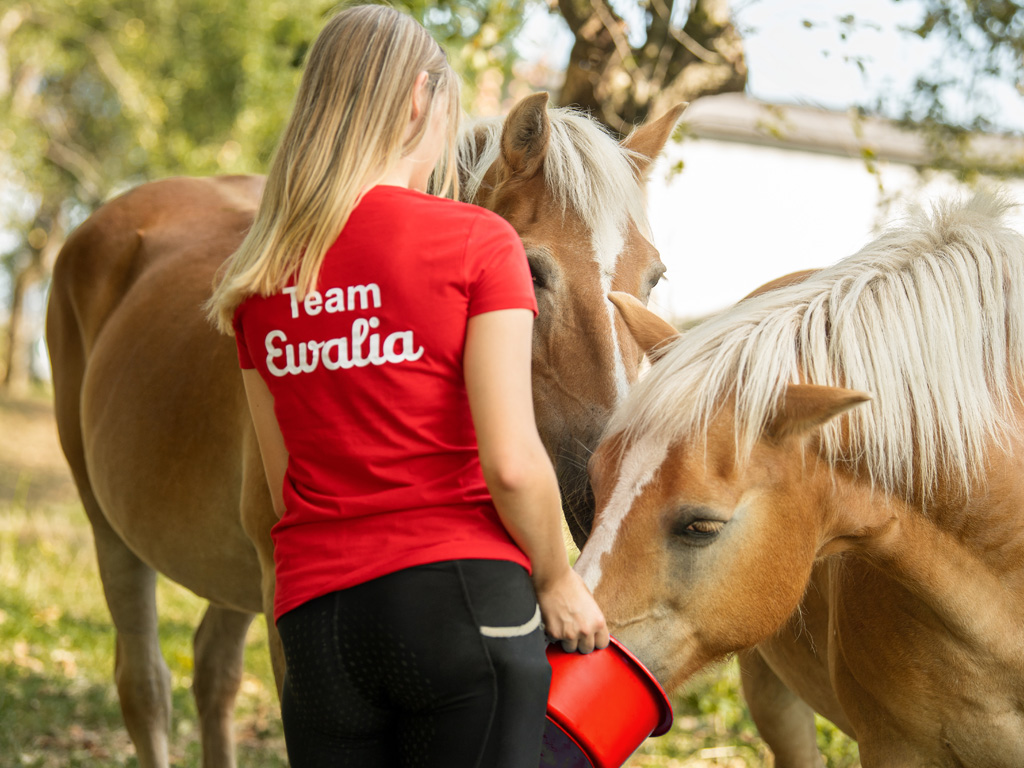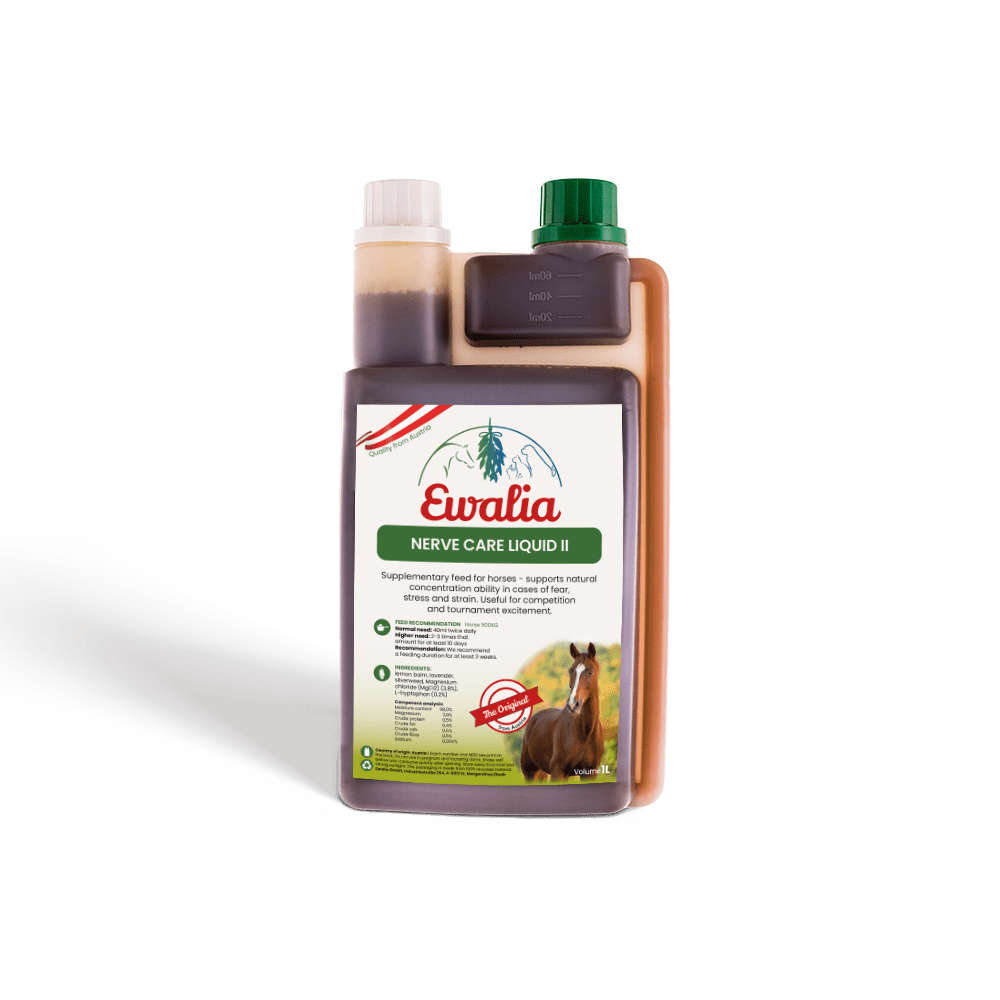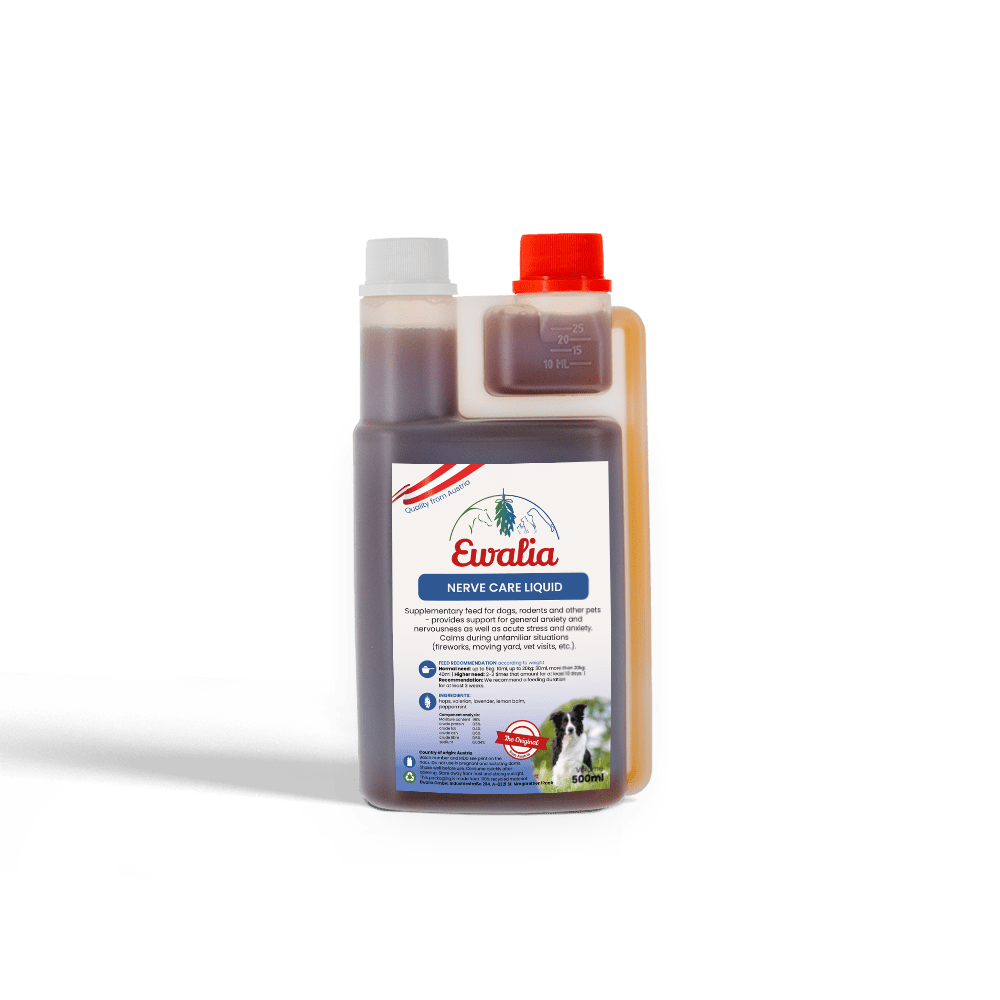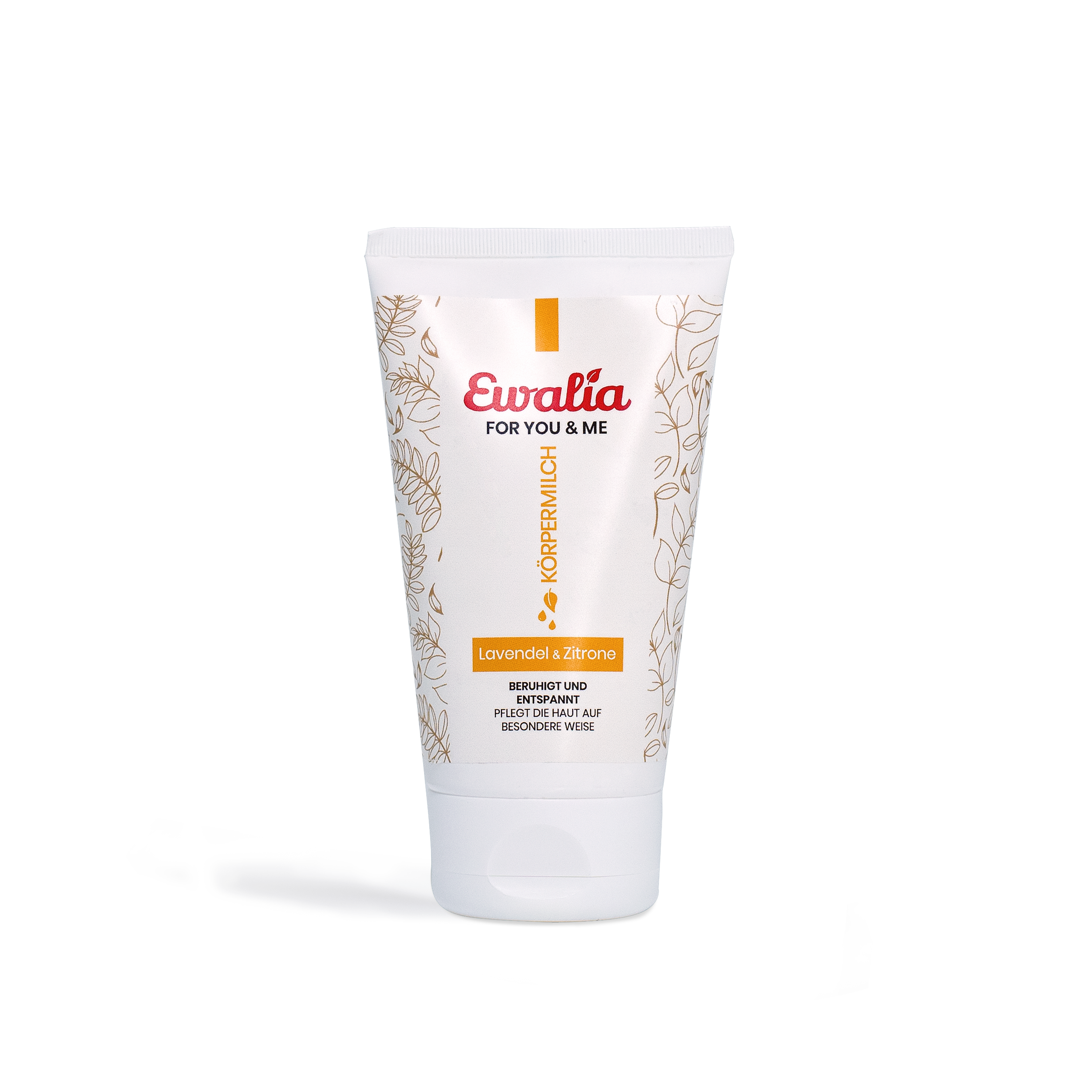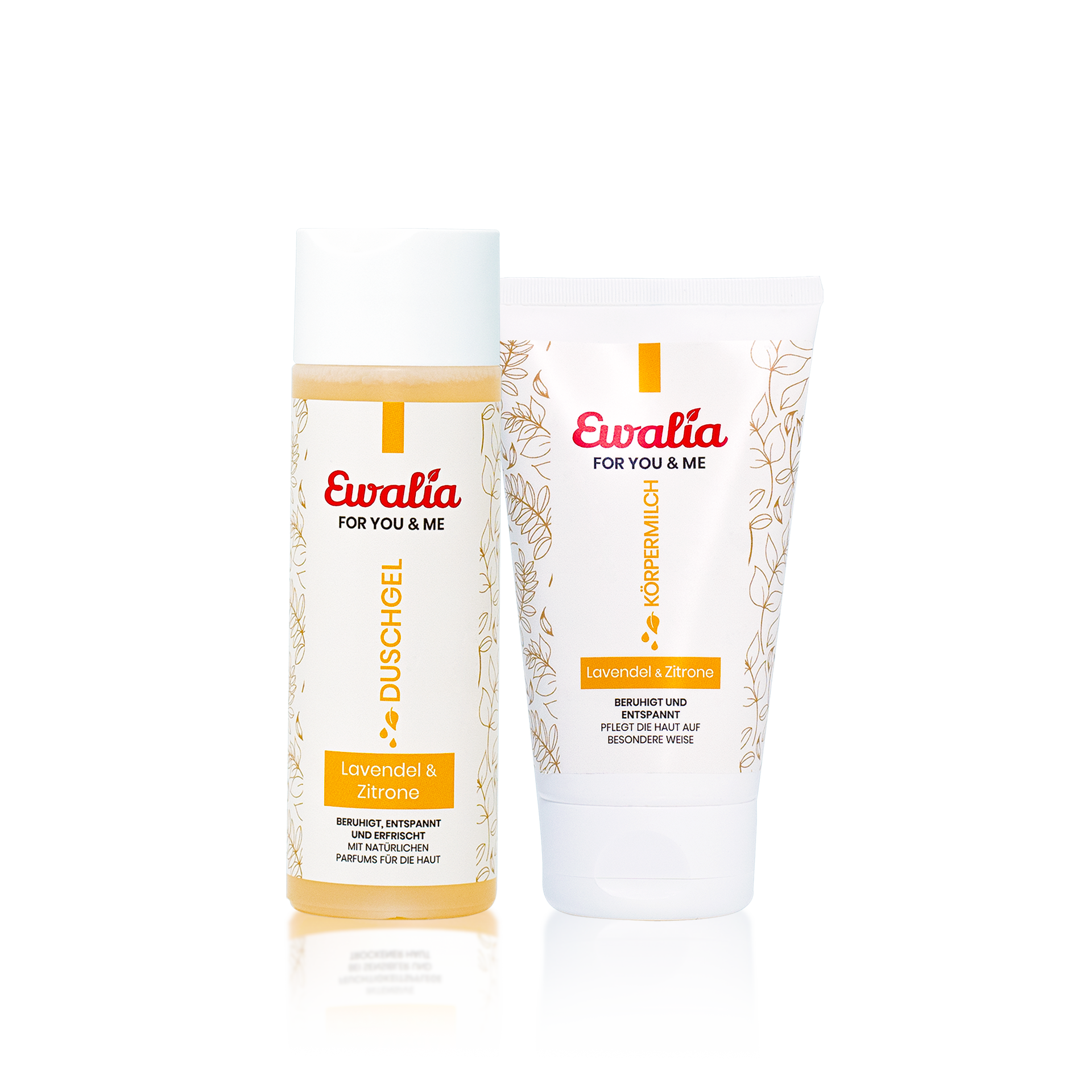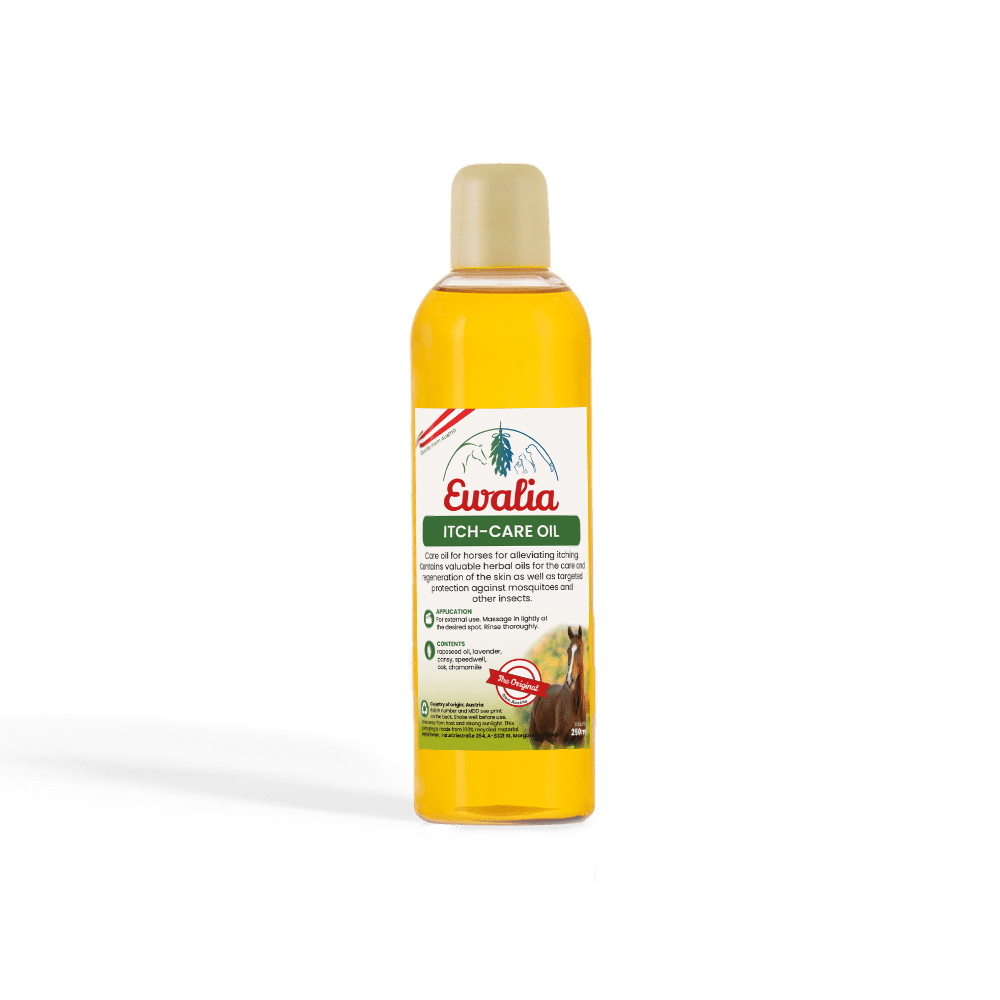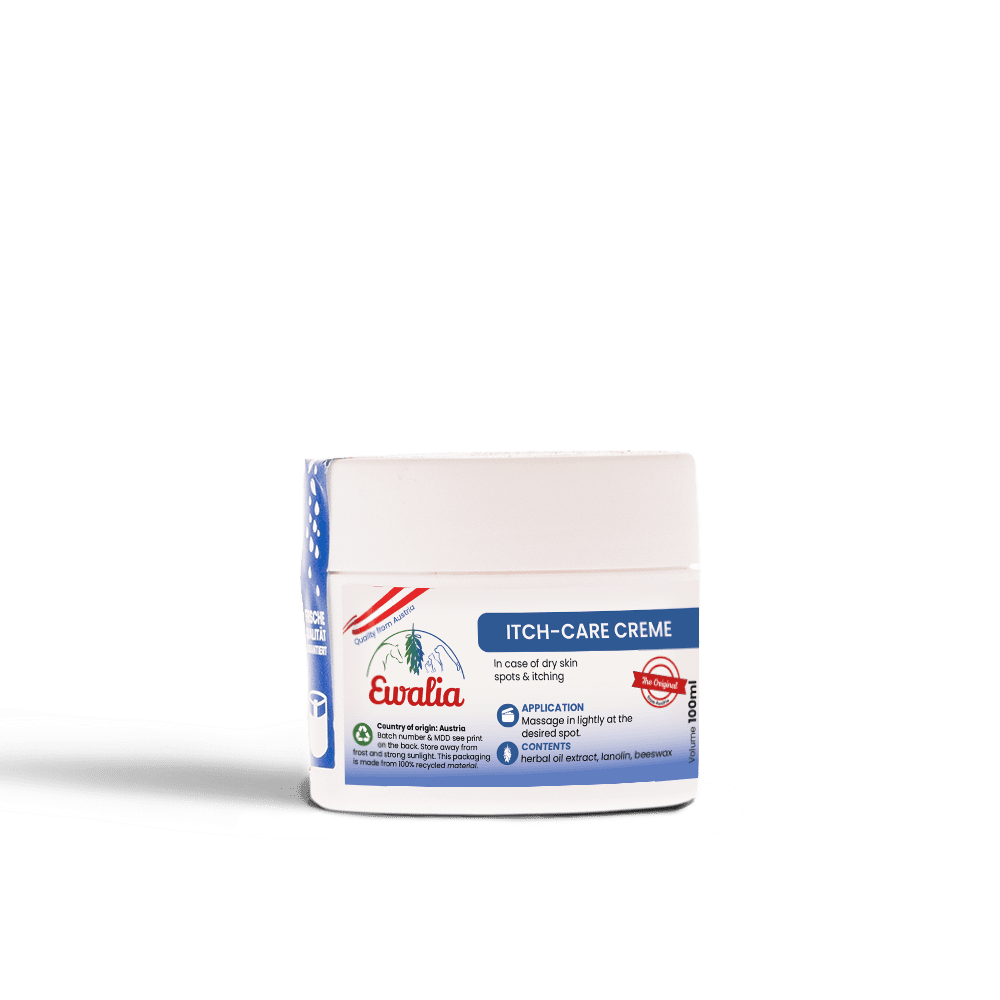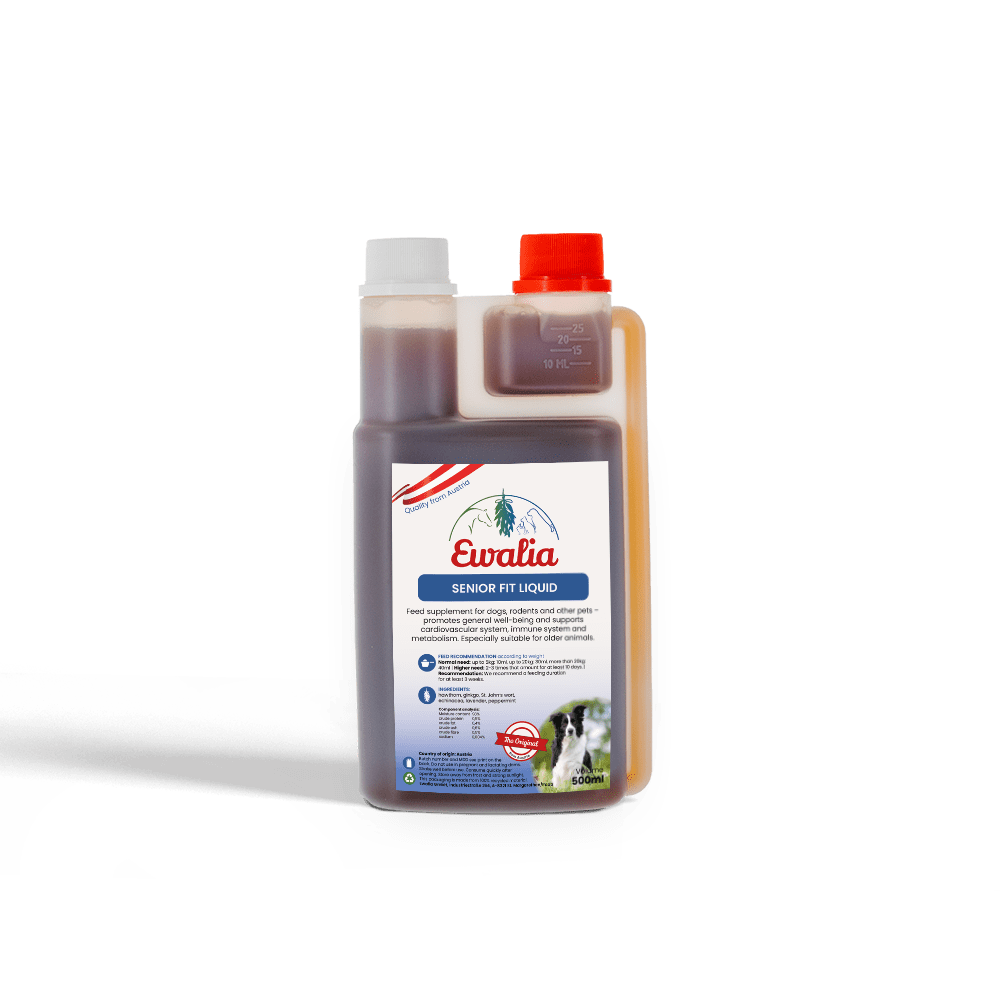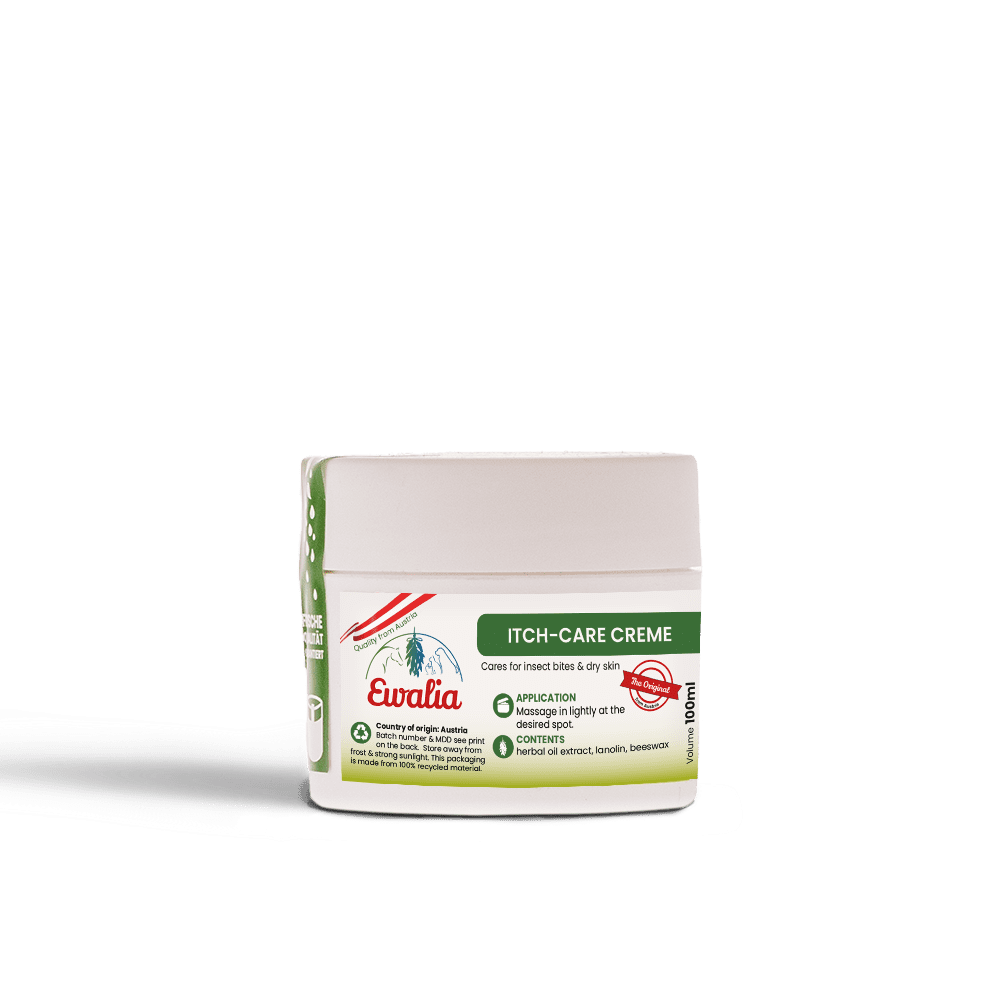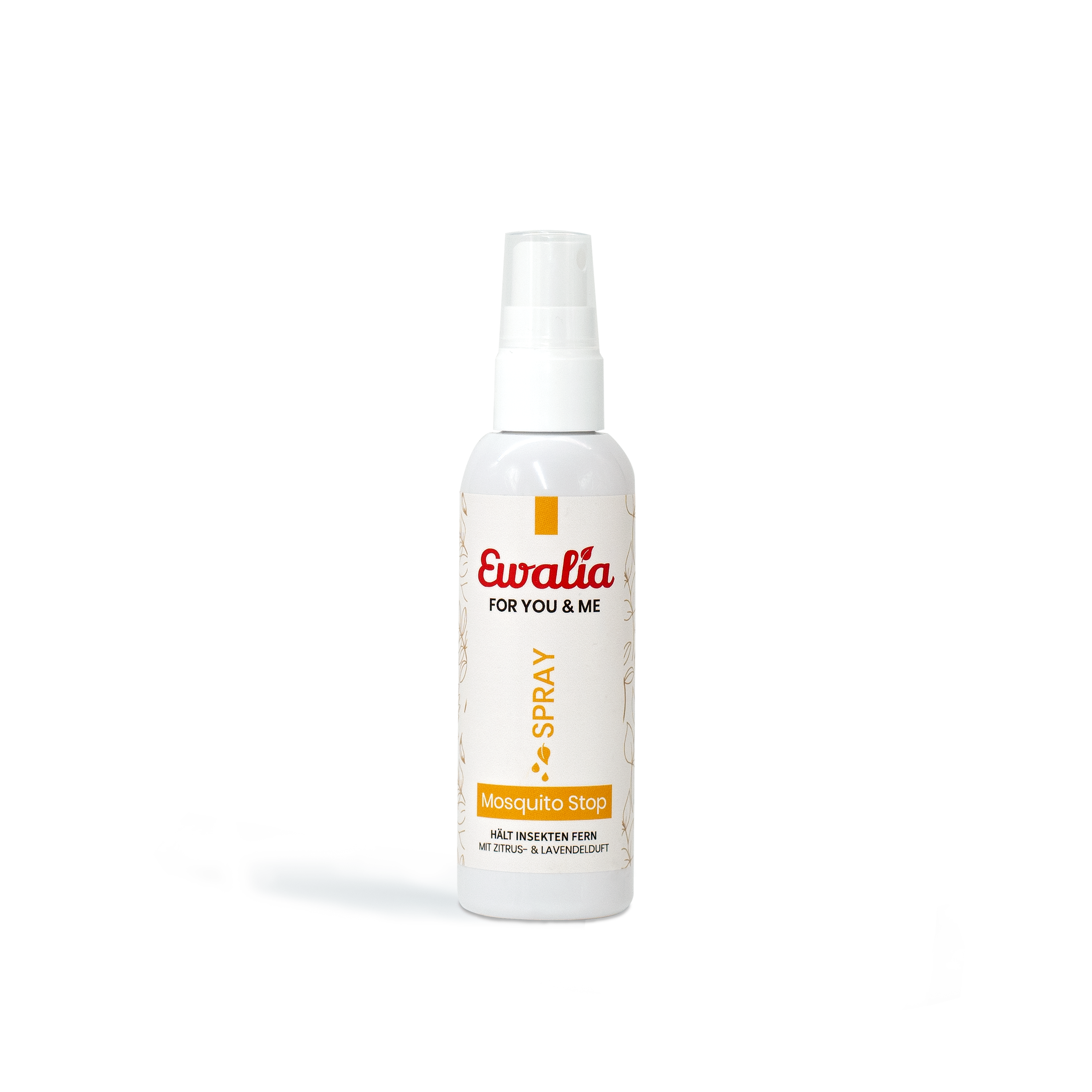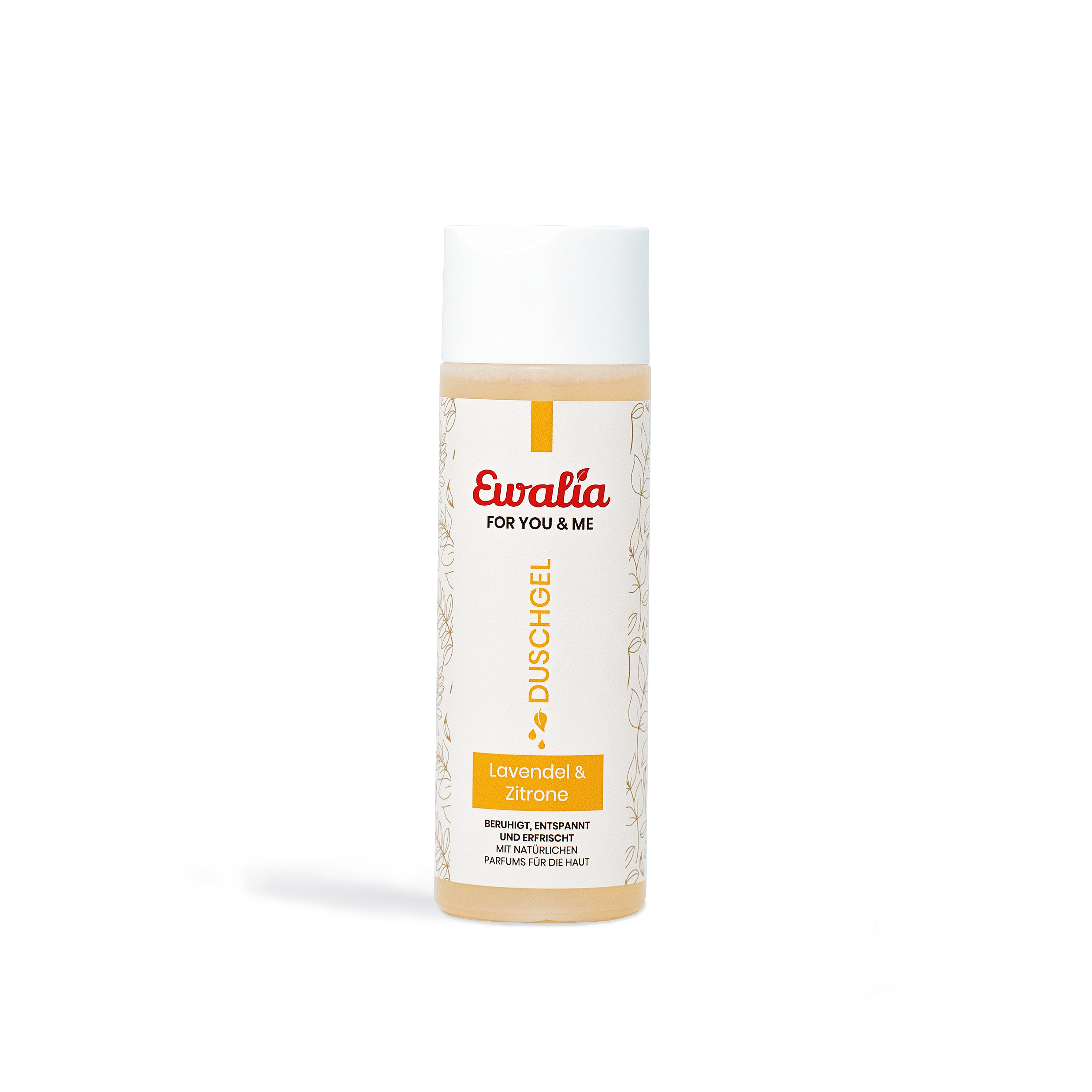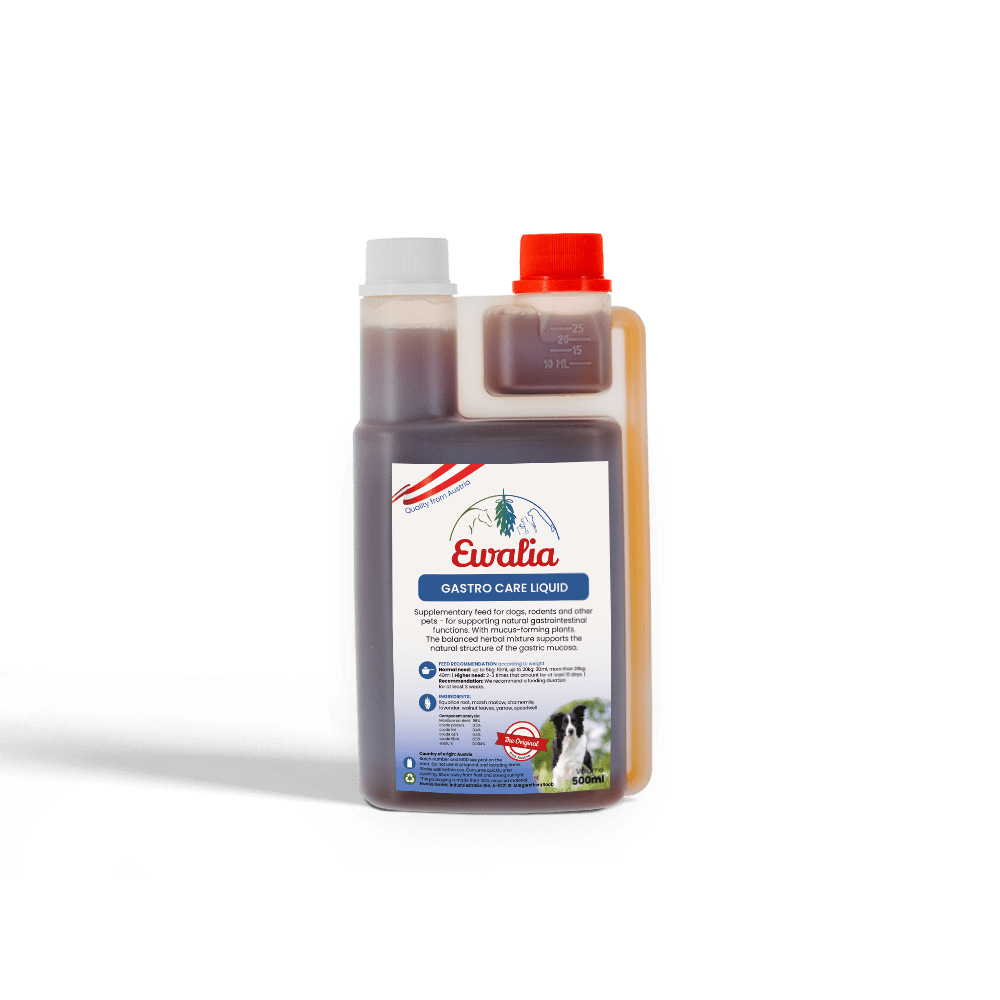Lavender
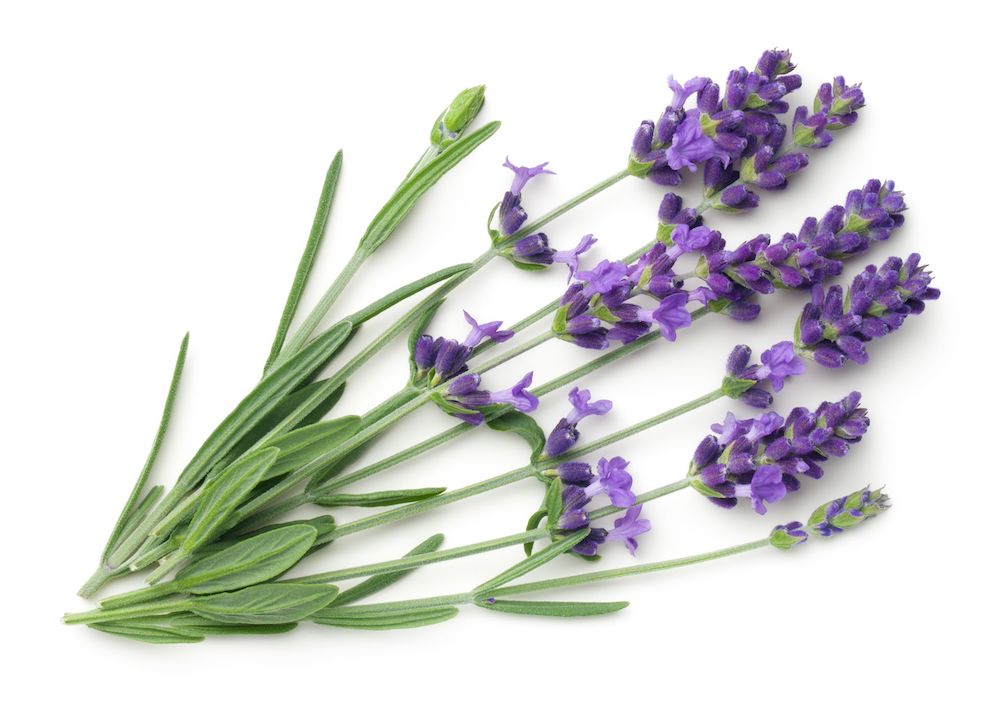
The captivating scent of lavender (Lavandula angustifolia) conjures memories of warm summer evenings in the south, as well as of grandmother's linen cupboard... Lavender is one of the most well-known and most popular aromatic plants, but it's also an effective healing herb for treating restlessness, nervousness and stress reactions.
Where does lavender come from, and what does it look like?
Lavender plants love sunshine. They grow in the wild on dry, barren Mediterranean soils. The plants are cultivated on a large scale in the Provence region of France.
True lavender belongs to the Lamiaceae family and is related to other healing herbs, including rosemary, sage, and peppermint. Under optimum conditions, this perennial hardy plant will form a bushy semi-shrub up to 140 cm high; in cooler locations it reaches 40–70 cm.
The lavender plant's leaves grow to 5 cm long and range from light green to a greyish green. Although their spear-shaped leaves resemble those of the rosemary plant, they are easily distinguished by their white, felt-like hairs. Rubbing a leaf between your fingers will remove all doubt, as lavender leaves contain oil glands which release an intense, fragrant essential oil when injured. More than 40 different essential oils can be found in lavender, depending on the variety and the growing area.
The flowering period is from late May to mid-September and varies according to region. The lavender plant forms purple or sometimes white lipped flowers which are borne on whorls on a hairy stem and exude a distinctive fragrance. Propagation occurs through its shiny brown seeds.
What is lavender used for?
Lavender is primarily known as a perfume plant. Lavender oil, obtained by steam distillation from the flowers and stems, is an ingredient in many cosmetic products. The flowers are harvested early in the morning when their fragrance is strongest. The wild mountain lavender growing at higher elevations is used to produce exclusive perfume oils.
The young leaves and still-soft shoots of the plant are used to refine many dishes in Mediterranean cuisines. Lavender is also an ingredient in most Herbes de Provence blends. However, lavender should not be used too generously in the kitchen, as it has a quite intense and slightly bitter taste.
Use of lavender as a medicinal herb
As a medicinal herb, lavender has quite a long history. In the Mediterranean region, the plant was used from ancient times as an additive for soothing baths as well as for healing wounds. Benedictine monks are said to have brought the fragrant plant with them over the Alps. Hildegard von Bingen and Paracelsus knew of the lavender's calming effects. They used lavender for nervous complaints, but also for lung and liver diseases, heart and digestive ailments, and underscored its purifying effect on body and mind. Incidentally, the name "lavender" is derived from the Latin word lavare, meaning "to wash" or "to clean". The herbals of the Middle Ages and early modern times contain very many applications, including to treat toothache, limb pain, strong labour pains, paralysis, and cramps. Lavender twigs were applied to aching parts of the body and boiled in water or wine and taken as a medicine. Lavender liquor was applied to the wrists to regulate the heartbeat.
In folk medicine, lavender is traditionally used as a calming aid. The lavender baths of the ancient Romans are still effective at relieving stress and exhaustion, and lavender pillows are said to help one fall asleep. Lavender also keeps moths and other vermin away out of fabrics. Lavender oils serve as a repellent against pesky insects.
Lavender has been proven to calm restlessness and anxious moods, to help bring sleep, and relieve nervous gastrointestinal and bilious complaints. In veterinary medicine, lavender has been proven to alleviate stress reactions and digestive complaints in nervous and stress-prone horses and dogs. Applied externally, lavender can soothe itching and have a calming effect on the skin.
In phytotherapy, use is made of the lavender flowers (Lavandulae flos) which are collected and dried shortly before they blossom, and the essential oil extracted from fresh flowers and stems (Lavandulae aetheroleum).
Which substances account for lavender's effects?
The essential oils contained in the flowers and leaves, which are mainly composed of linalyl acetate and linalool, have a positive effect on the psyche. The two colourless, fragrant substances have a direct effect on the central nervous system and also have antispasmodic, anti-inflammatory and antimicrobial properties.
Lavender also contains tannins that promote the production of digestive juices, especially bile.
The secondary plant substance coumarin contained in lavender is mainly used in external applications. Coumarin is an aromatic substance that is quickly absorbed through the skin and brings calming effects. This substance repels insects, which is why lavender is often a component of natural insect repellents for horses.
What can lavender be used to treat in horses and dogs?
Lavender preparations have positive effects on agitated, tense animals and can be used during transport, moving yard, competition, and other stressful situations. Lavender has an anxiety-relieving and calming effect on horses and dogs. Its muscle-relaxing substances also alleviate nervous digestive complaints.
Recent studies have shown that lavender extracts can increase concentration in the elderly and reduce age-related cognitive impairments. Older dogs that are restless, anxious, or insecure due to their declining sensory abilities or physical ailments can be helped greatly with lavender.
Applied externally, lavender soothes the skin, reduces inflammation, and has antibacterial effects. It quickly alleviates itching, for example from insect bites. At the same time, it repels mosquitoes and other biting insects.
Adverse effects:
Caution: Undiluted essential oils irritate the skin and mucous membranes! When lavender extracts are applied externally, keep the animal from licking the treated areas.
Prolonged administration of lavender preparations may cause stomach problems due to the tannins they contain – please follow the manufacturer's recommendations!
Sources and further reading
- endieck-Worm, C., & Melzig, M. F. (2018). Phytotherapie in der Tiermedizin. Stuttgart: Georg Thieme Verlag KG.
- DAZ - Deusche Apotheker Zeitung. (21. 03. 2021). Von Lavendel: https://www.deutsche-apotheker-zeitung.de/daz-az/2019/daz-46-2019/arzneipflanze-des-jahres-2020 abgerufen
- Länger, R., & Kubelka, W. (21. 03 2021). Phytokodex. Von Lavendel: https://www.kup.at/db/phytokodex/datenblatt/Lavendelbluete.html abgerufen












